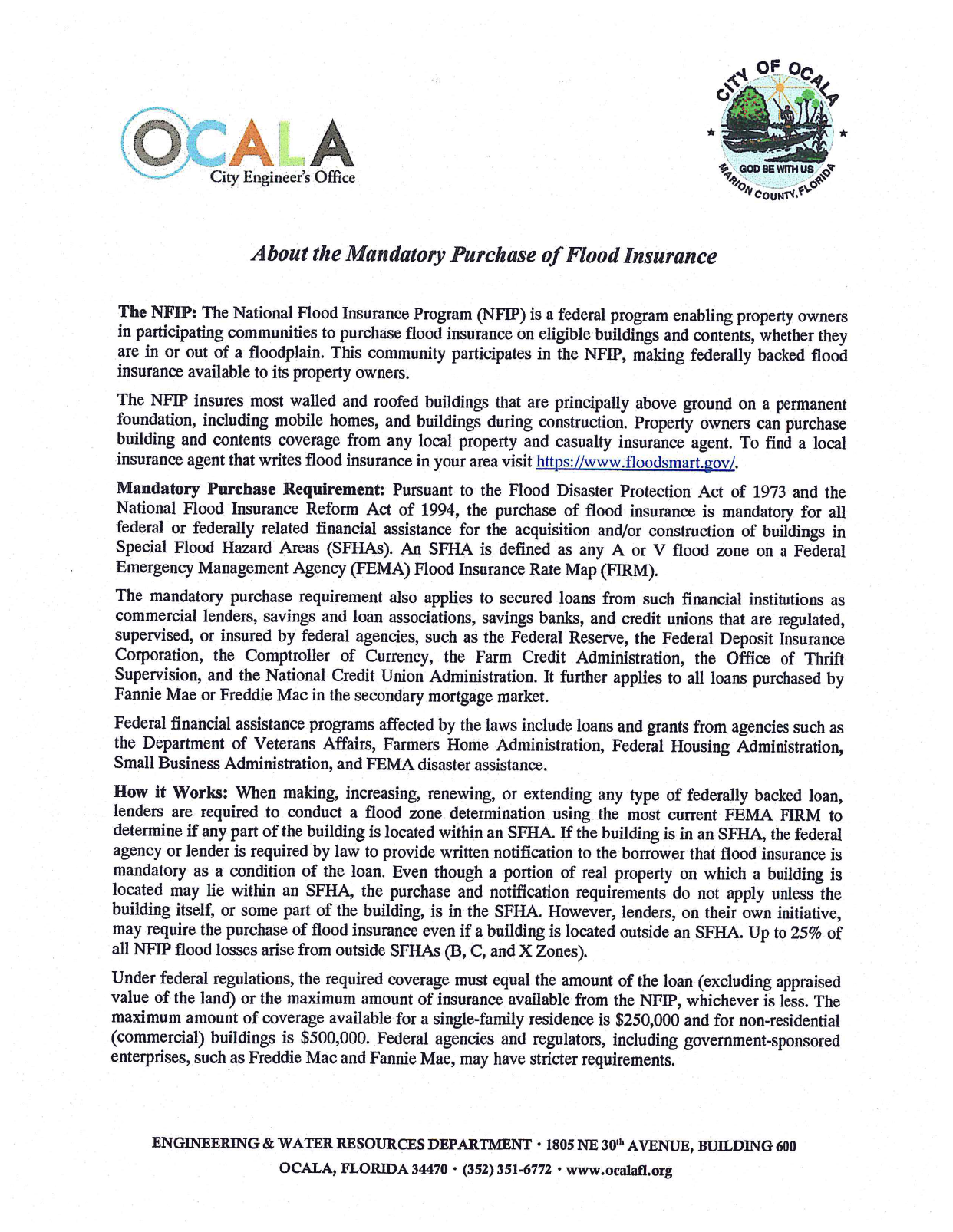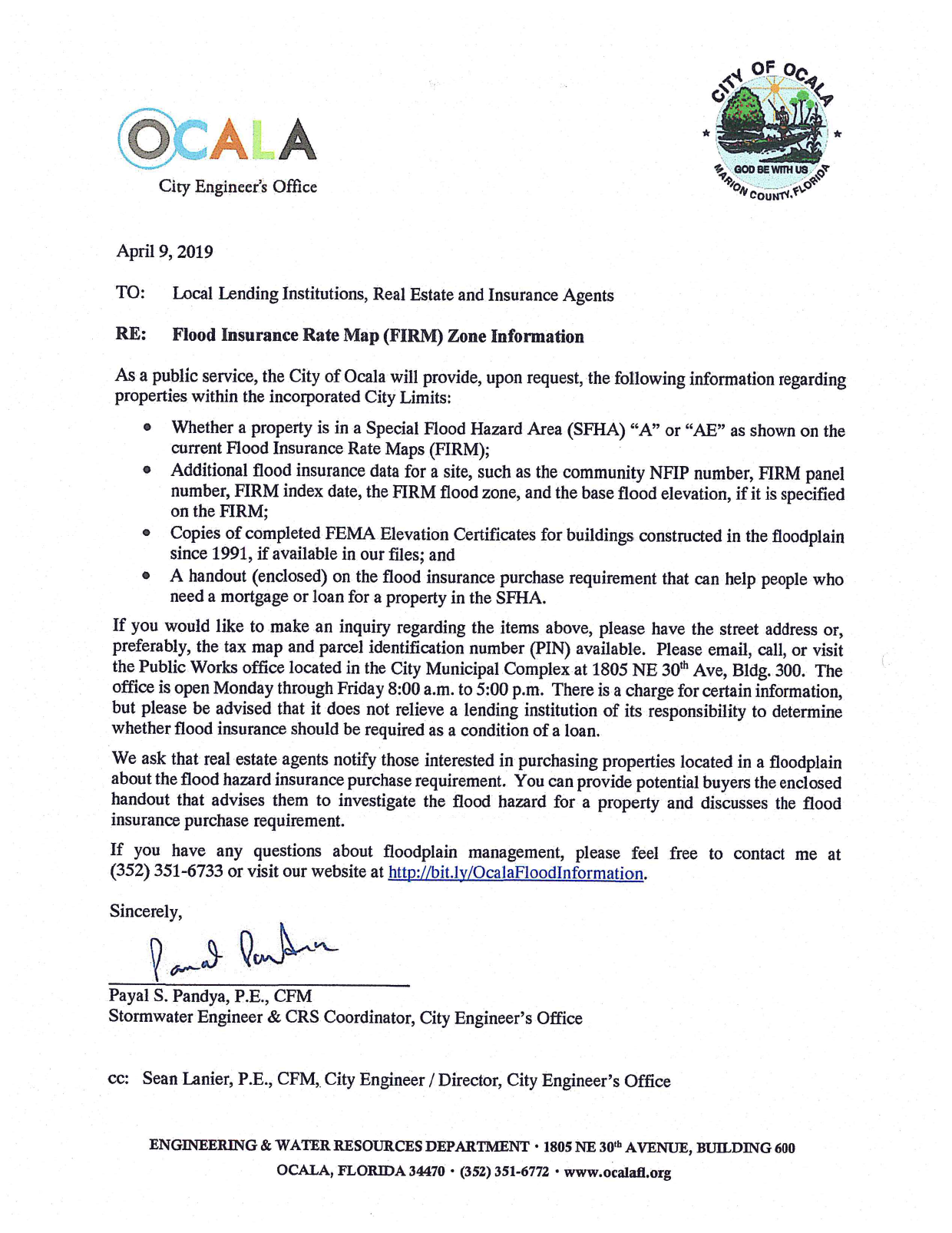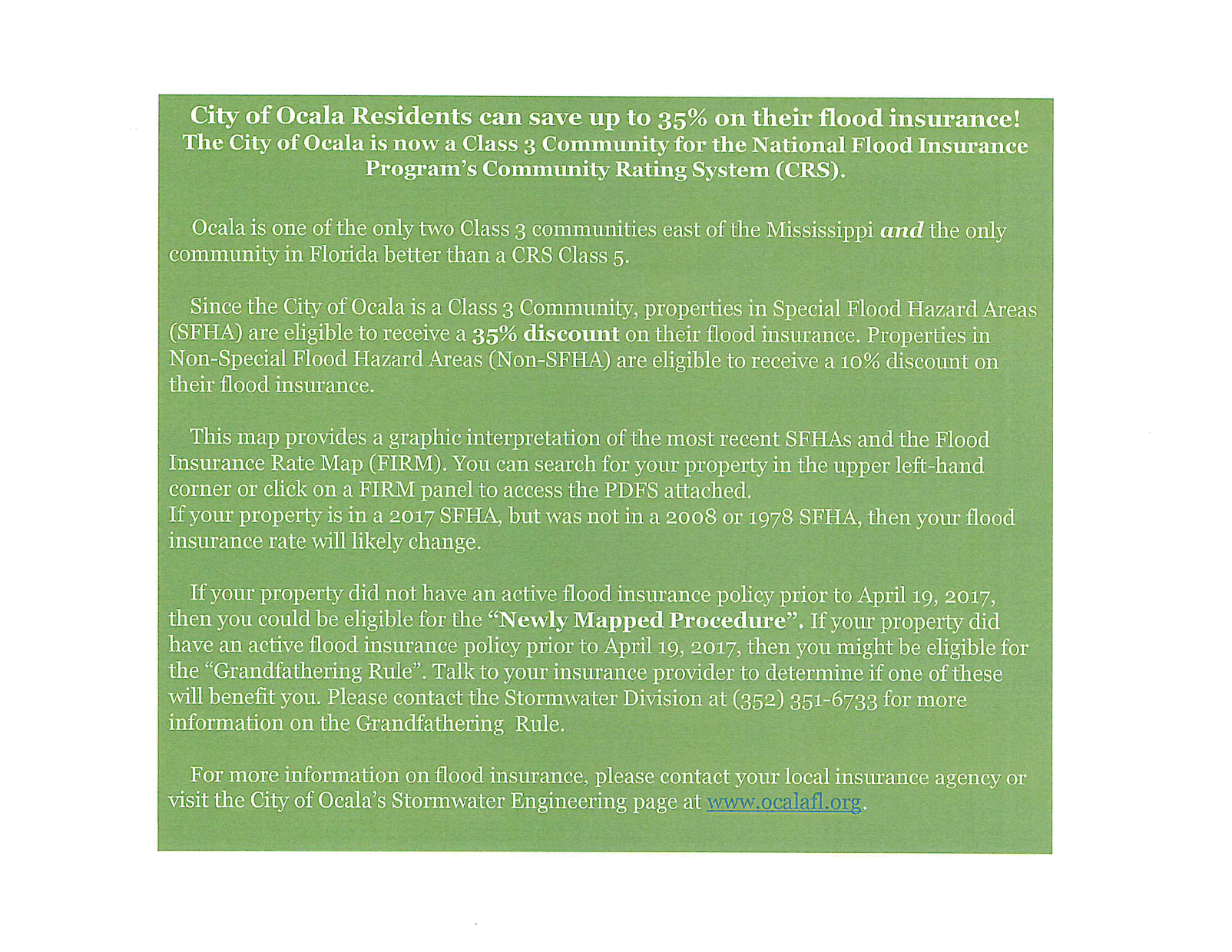
Insurance is the one product that most of us buy—and hope that we never have to use. That’s especially true for insurance on our homes, since for most of us, our home is the most expensive and valuable item that we own. Whether you’re new to Florida or a long-time resident, you already know that we may live in the Sunshine State, and summer season is our rainy season. Add that to hurricane season, which runs annually from June 1 through November 30, and we have real risks for rain– and lots of it.
Unfortunately, lots of rain can mean flooding for those living in low-lying areas (and most of Florida is a low-lying area. Go figure.) While living in a flood zone is certainly no guarantee that your home will be damaged, it’s important to always have protection for the unthinkable. Even if your home is not located in a high-risk area, a home does not need to be near water to flood. Flooding can be caused by many different variables, including storms, water backup due to inadequate or overloaded drainage systems, broken water mains, and changes to land as the result of new construction.
According to FEMA, “Every year, more homes in the US are damaged by floods than any other natural disaster.” In fact, 80% of all disasters declared major by the president are floods.
Here’s what you need to know about insuring your property against a flood:
#1 – Homeowner’s insurance isn’t enough
Flood coverage in regular homeowner insurance policies is limited. So much so, that it may as well be nonexistent. Your homeowner’s insurance policy may include “covered events,” but these events are NOT what most people think of a flood. If your home is damaged– a window gets broken or the roof is punctured, for example– and rain from the storm comes pouring in, your homeowner’s policy will probably cover it, unless caused by negligence on your part. BUT you will be on the hook for flooding due to rising waters, storm surge, tides, and regular old rain.
#2 – It may be required
Anyone with a federally-backed mortgage who lives in a flood zone designated by the National Flood Insurance Program as “high-risk” is required by law to hold flood insurance. Your REALTOR® should be able to guide you with this question if a property is in a flood zone. However, keep in mind that, while not required for some properties, it’s always a good idea to have coverage in case of an unexpected flood. As stated above, a home does NOT need to be near water or in a high-risk area to experience flooding. NFIP Flood insurance can only be purchased through a licensed property and casualty insurance agent, and your REALTOR® or an NFIP agent can help get your in touch with an agent if you don’t already have one.
#3 – Here’s how to check the flood zones in Marion County
FEMA has a search function on their flood map service center: Click here to check your address!
You can look up a zip code, home address, or city in the map, and the results will generate a printable PDF. The map is color-coded with percentages of flood hazard for a particular area. For example, a horse farm in the NW of Marion County is rated at “minimal flood hazard” with less than .01% chance of an annual flood. In contrast, a cottage on Lake Orange has a much higher chance of flood risk according to the interactive map. This is a highly useful tool to help educate you about flood zones and pinpoint a specific address.
Remember too, according to FEMA, “It’s not just high risk areas that are flooded. Between 20 and 25% of flood insurance claims come from a medium or low flood-risk areas.”
#4 – Costs vary; be prepared to shop around
Annual flood insurance costs range from $346-$930 for an annual sized single family home. Proximity to water, including beach frontage, obviously has the greatest effect on insurance rates, but items such as drainage retention areas (DRAs), ponds, and lakes also can raise or lower premiums. The National Flood Insurance Program (NFIP) offers coverage, and you may have the option of using private insurance companies as well. Obviously, check with your current insurance provider first, and see if they can help you with additional coverage.
Relying on Federal Disaster Assistance is not the best answer. Remember, availability of Federal Disaster Assistance is dependent upon a Presidential disaster declaration. NFIP flood insurance responds to covered losses, even if a disaster declaration has not been made. Federal Assistance is often a loan that must be repaid with interest, in addition to existing mortgages, other loans, and debts. Generally, NFIP flood insurance claims do not need to be paid back.
#5 – You can use escrow to budget for flood insurance payments
If you don’t want to deal with large, infrequent insurance payments throughout the year, you can pay your flood insurance along with your monthly mortgage payment. Just like your regular homeowner’s insurance programs, your payments can be spread out over the course of the year, which will make budgeting much easier. Additionally, escrowing your flood insurance premiums ensure that you will not get caught without flood insurance when it’s needed most.
If you’re currently in the process of buying, and the seller of the property has current NFIP insurance coverage on the building, that policy can be assigned to the buyer at the time of property closing.
#6 – There are different types of flood coverage
All flood insurance policies are not created equal. The most common types are building coverage and contents coverage. Building coverage is more concerned with protecting the structural elements of your home: walls, roofing, flooring, HVAC, electrical systems, and the like. Contents coverage insures items inside your home like furniture, valuables, and appliances. It’s important to carefully consider what parts of your home would be the most difficult to replace before deciding on a flood insurance policy.
#7 – Don’t wait
Be aware: There is typically a 30-day waiting period from the time of policy application and payment to the policy effective date. If you purchase your policy on June 1st, you will be covered starting July 1st. Don’t put it off until the big storm of the year is a week away– get it now! Peace of mind, especially when a storm surge starts rising, is priceless.
Of course, there are exceptions to this rule as well. For example, if the initial purchase of NFIP flood insurance is done so in connection with a loan closing, there is no waiting period.
Helpful Resources to Keep You Covered
Ocala’s Flood Information:
Flood Zone Mapping:
NOAA Weather Alert Radio:
The National Weather Service operates the All Hazards Weather Alert Radio Network. Modern All Hazards Weather Alert Radios can be programmed specifically to the local area so you will only hear warnings that apply to your area. This feature is known as Specific Area Message Encoding, or S.A.M.E.
To receive the broadcast for Ocala, tune in to 162.525 MHz. The S.A.M.E code for Marion county is 12083.
CodeRed:
CodeRed is a City of Ocala service by which residents and businesses can register to be notified by telephone, text, and/or email regarding emergencies or critical protective actions.
Sign-up by clicking the link below:
AlertMarion:
AlertMarion is a Marion County service, similar to CodeRed, for residents located outside of the City limits.
Sign-up by clicking the link below:
Documents from the City:
Having flood insurance will keep your home safe and let you rest easy knowing that you’re prepared with whatever Florida weather throws at you. For more information on flood insurance and living in a flood zone, contact one of our Showcase team members. We’ll be happy to answer any questions you might have on keeping your home safe and dry.
Worried about keeping track of all your important documents in the face of a possible disaster? Learn about the benefits of an Emergency Binder and what you should be including right here in our blog: How To Create An Emergency Binder For Your Home.


